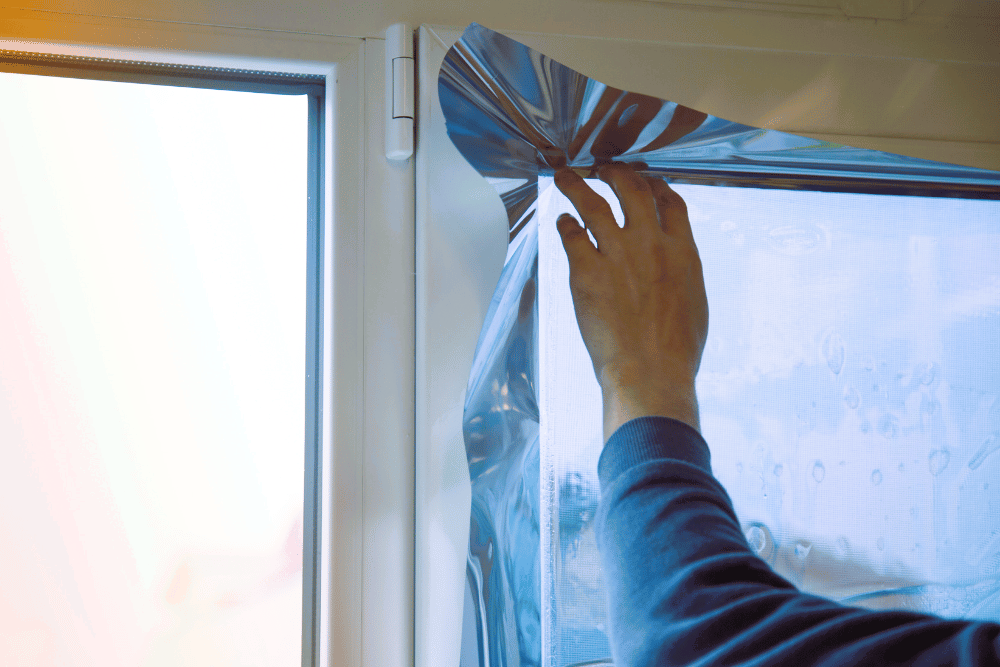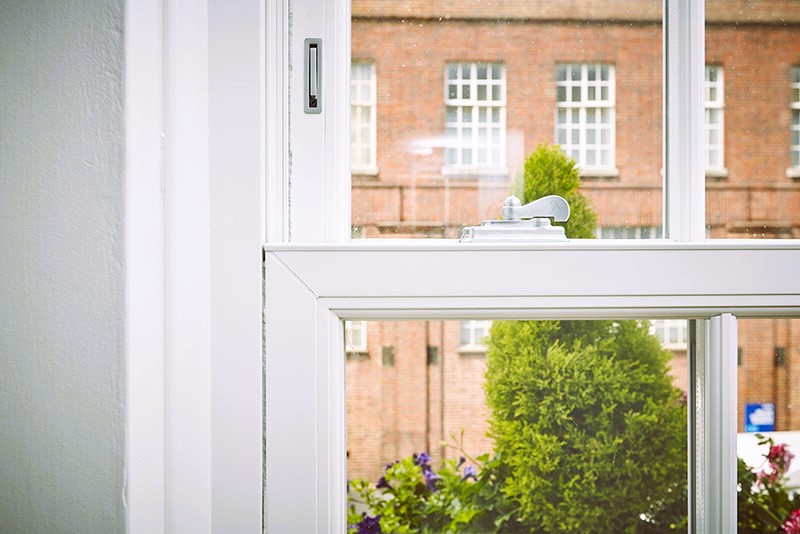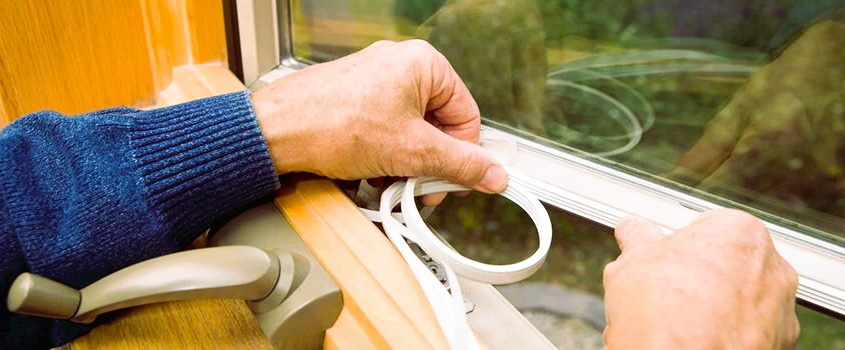As energy conservation becomes increasingly important in the face of climate change and rising energy costs, homeowners are seeking ways to improve the energy efficiency of their existing homes. One area that often receives attention is windows, which can be significant sources of heat loss in older or poorly insulated houses. Retrofitting existing windows with energy-efficient upgrades is a cost-effective way to enhance comfort, reduce energy consumption, and lower utility bills. In this article, we’ll explore various tips for retrofitting existing windows to improve energy efficiency.
1. Caulking and Weatherstripping
Before considering major window upgrades, it’s essential to address any air leaks around existing windows. Caulking and weatherstripping are inexpensive yet effective methods for sealing gaps and cracks that allow warm air to escape in the winter and cool air to infiltrate in the summer. Inspect the perimeter of windows and apply caulk to seal gaps between the window frame and the wall. Install weatherstripping around movable components such as sashes and frames to create a tight seal when closed.
2. Install Window Films

Window films, also known as window tinting or glazing, can significantly improve the energy efficiency of existing windows. These thin, transparent films are applied to the interior surface of windows and provide various benefits, including:
- Solar Heat Reduction: Reflective window films reduce solar heat gain by reflecting a portion of the sun’s heat away from the window, helping to keep interiors cooler in the summer.
- UV Protection: Window films can block up to 99% of harmful ultraviolet (UV) rays, which can fade furniture, flooring, and artwork over time.
- Improved Insulation: Some window films have insulating properties that help retain heat in the winter and reduce heat loss through windows.
Window films come in a range of tints and thicknesses, allowing homeowners to choose the level of insulation and privacy that best suits their needs. How window orientation affects energy efficiency and daylighting in homes, answer at this link.
3. Add Window Treatments
Window treatments such as curtains, blinds, and shades not only enhance privacy and aesthetics but also contribute to energy efficiency. During the winter, thick curtains or insulated blinds can act as an additional barrier against cold air infiltration and heat loss. In the summer, reflective blinds or shades can block sunlight and reduce solar heat gain, keeping interiors cooler and reducing the need for air conditioning. Properly fitted window treatments should be installed close to the window frame and extend beyond the edges to create a seal when closed.
4. Consider Window Inserts
Window inserts, also known as interior storm windows, are removable panels that fit snugly inside existing window frames. These panels create an additional layer of insulation, reducing heat transfer and improving energy efficiency. Window inserts are typically made of acrylic or polycarbonate glazing and are available in various thicknesses to suit different climates and insulation needs. Unlike traditional storm windows, which are installed on the exterior of the house, interior window inserts are easy to install and remove, making them a convenient option for homeowners looking to improve energy efficiency without replacing their existing windows.
5. Upgrade Window Hardware

In addition to improving insulation and sealing, upgrading window hardware can also contribute to energy efficiency. Replace old or worn-out window locks, handles, and hinges with newer, more energy-efficient models. Look for hardware with tight seals and weather-resistant finishes to prevent air leakage and corrosion over time. Additionally, consider installing operable window hardware, such as crank handles or sash locks, that allows for precise control over ventilation and airflow.
Standards and Regulations
When retrofitting existing windows for energy efficiency, it’s essential to ensure that any upgrades comply with relevant standards and regulations. Organizations such as the National Fenestration Rating Council (NFRC) in the United States and Natural Resources Canada (NRCan) provide guidelines and certification programs for energy-efficient window products and installations.
For more information on standards and regulations related to window retrofitting and energy efficiency, you can visit the following websites:
Conclusion
Retrofitting existing windows with energy-efficient upgrades is a cost-effective way to improve comfort, reduce energy consumption, and lower utility bills. By addressing air leaks, installing window films, adding window treatments, considering window inserts, and upgrading window hardware, homeowners can significantly enhance the energy efficiency of their homes without the need for full window replacements. By following these tips and consulting relevant standards and regulations, homeowners can take meaningful steps towards creating more sustainable and comfortable living spaces.

